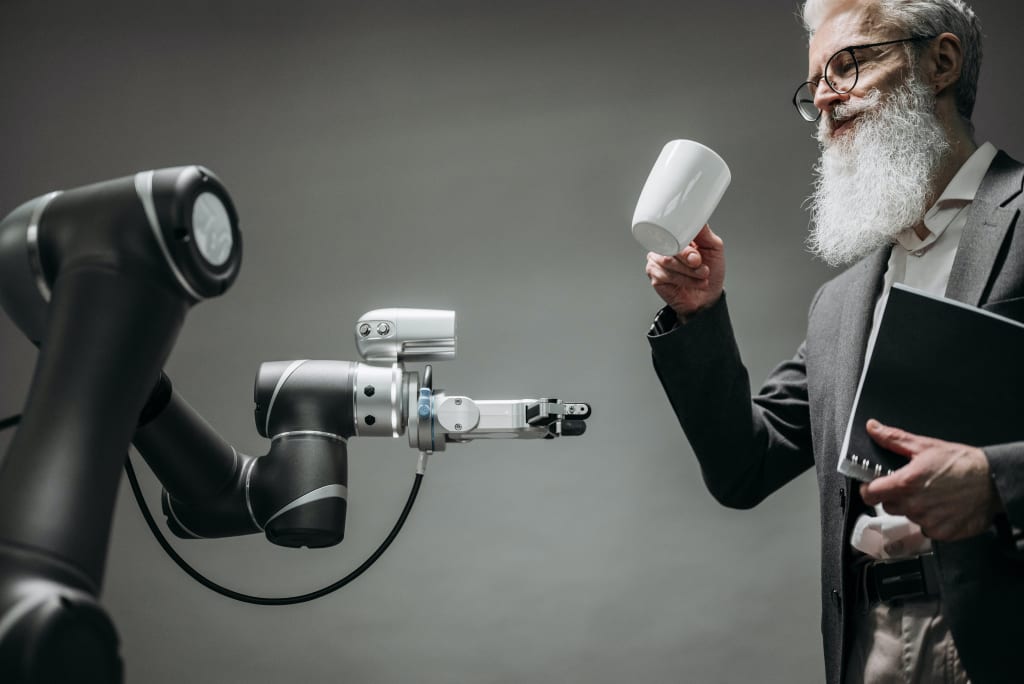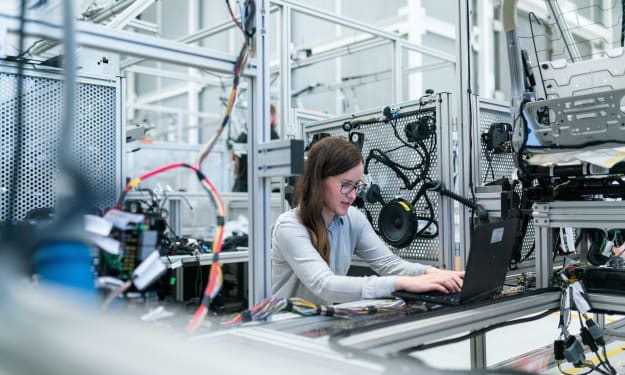
Introduction :
Artificial Intelligence (AI) refers to the simulation of human intelligence in machines that are designed to think and act like humans. AI systems are capable of performing tasks that typically require human intelligence, such as recognizing speech, making decisions, and solving problems. The goal of AI research is to create systems that can perform tasks that would normally require human intelligence, such as visual perception, speech recognition, decision-making, and natural language processing.
There are two main types of AI: narrow or weak AI, which is designed to perform a specific task, and general or strong AI, which has the ability to perform any intellectual task that a human can.
How does Artificial Intelligence work?
AI works by simulating human intelligence in machines using algorithms and statistical models. The goal of AI is to enable machines to perform tasks that would normally require human intelligence, such as speech recognition, decision-making, and problem-solving.
To create AI systems, vast amounts of data are fed into machine learning algorithms, which learn from the data and improve their performance over time. There are several types of machine learning, including supervised learning, unsupervised learning, and reinforcement learning.
Once trained, AI systems can be used to automate tasks, make predictions or decisions, and improve our understanding of complex problems. The performance of AI systems is determined by the quality of the data and algorithms used to train them, and it is important to ensure that these systems are developed and used responsibly.
What is the scope of artificial intelligence?
The scope of AI is vast and encompasses a wide range of fields and industries. Some of the key areas where AI is having a significant impact or has the potential to do so include:
- Healthcare: AI is being used to improve patient outcomes by enabling the early detection of diseases, more accurate diagnoses, and personalized treatment plans.
- Finance: AI is transforming the financial industry by enabling faster and more accurate financial predictions, reducing the risk of fraud, and improving customer experience.
- Retail: AI is being used to improve customer experience by providing personalized product recommendations and enabling faster and more accurate order fulfillment.
- Manufacturing: AI is helping manufacturers to increase efficiency, reduce costs, and improve product quality by enabling predictive maintenance and optimizing production processes.
- Transportation: AI is being used to improve transportation efficiency by optimizing routes, reducing fuel consumption, and enabling autonomous vehicles.
- Education: AI is being used to improve education by providing personalized learning experiences, enabling real-time feedback, and improving student engagement.
- Security: AI is being used to improve security by enabling faster and more accurate threat detection, reducing the risk of cyber attacks, and improving physical security.
- Energy: AI is being used to improve energy efficiency by enabling real-time monitoring of energy consumption and optimizing energy production and distribution.
These are just a few examples of the many areas where AI is having an impact or has the potential to do so. As AI continues to evolve, its scope is likely to expand further, and it will play an increasingly important role in shaping the future.
How friendly is artificial intelligence with humans?
AI has the potential to be highly beneficial for humans, but it's important to ensure that it is developed and used in a way that is safe, ethical, and compatible with human values and interests. Here are a few ways in which AI can be friendly with humans:
- Improving the quality of life: AI can be used to automate tasks, improve efficiency, and make our lives easier and more convenient. For example, it can be used to provide personalized health recommendations, assist with daily tasks, and improve accessibility for people with disabilities.
- Enhancing human creativity: AI can be used as a tool to enhance human creativity by providing new insights, enabling faster and more accurate problem-solving, and enabling humans to focus on higher-level tasks.
- Reducing the risk of human error: AI can be used to automate tasks that are prone to human error, such as data entry and analysis, improving accuracy and reducing the risk of mistakes.
- Improving safety: AI can be used to improve safety in areas such as transportation, construction, and healthcare, by enabling faster and more accurate threat detection, reducing the risk of accidents, and improving response times.
- Fostering collaboration: AI can be used to facilitate collaboration between humans and machines, enabling humans to work together with machines to achieve common goals.
To ensure that AI remains friendly with humans, it's important to ensure that these systems are developed and used responsibly, with consideration for the potential consequences and impacts of their use. This includes ensuring that AI systems are transparent, accountable, and subject to appropriate ethical and legal oversight.
About the Creator
Enjoyed the story? Support the Creator.
Subscribe for free to receive all their stories in your feed. You could also pledge your support or give them a one-off tip, letting them know you appreciate their work.





Comments
There are no comments for this story
Be the first to respond and start the conversation.